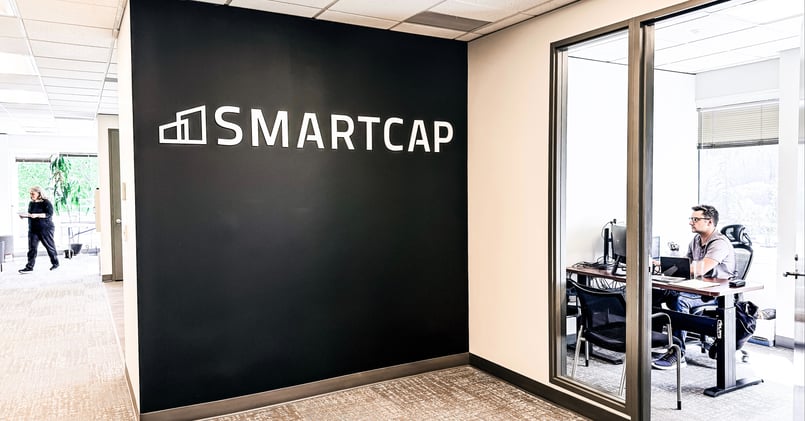
In today's rapidly evolving business world, the landscape of office leasing is undergoing a profound transformation. Traditional long-term leases are no longer the sole option for companies seeking office space. As businesses adapt to the changing demands of the workforce and the influence of remote work trends, office leasing is becoming more flexible, agile, and responsive. In this article, we will explore the future of office leasing, with a particular focus on the shift towards flexibility, evolving lease terms, and the impact of remote work trends on the leasing market.
The Emergence of Flexibility
One of the most significant shifts in office leasing is the growing emphasis on flexibility. Businesses are moving away from rigid, long-term leases in favor of more adaptable arrangements that align with their evolving needs. Here's why flexibility in office leasing is gaining traction:
1. Agility in Scale
In today's dynamic business environment, the ability to scale up or down quickly is a crucial competitive advantage. Short-term leases, co-working spaces, and flexible office solutions allow companies to adjust their office space requirements based on market conditions, project needs, or workforce changes.
2. Remote Work Impact
The rise of remote work has reshaped the way companies approach office space. Many organizations have adopted hybrid work models, where employees split their time between the office and remote locations. This shift has led to increased demand for flexible office solutions that cater to varying levels of in-person attendance.
3. Cost Optimization
Flexibility in leasing also offers cost-saving opportunities. Companies can reduce their real estate footprint during periods of reduced office usage, optimizing their expenses without being tied to a long-term lease commitment.
Many landlords are becoming more open to renegotiating lease terms in response to changing tenant needs. This can include adjusting square footage, amenities, or rent rates to better accommodate tenants.
As businesses seek more flexibility in office leasing, lease terms are also evolving. Here are some key trends in lease terms:
1. Shorter Lease Durations
Traditional 5–10-year leases are giving way to shorter lease durations, such as 1-3 years. These shorter terms provide greater flexibility for companies and align with the uncertainty of future office space needs.
2. Lease Break Clauses
Lease agreements increasingly include break clauses, allowing tenants to terminate the lease with proper notice. These clauses provide an exit strategy and mitigate risks associated with long-term commitments.
3. Lease Renegotiations
Many landlords are becoming more open to renegotiating lease terms in response to changing tenant needs. This can include adjusting square footage, amenities, or rent rates to better accommodate tenants.
The Impact of Remote Work Trends
Remote work trends have had a profound impact on office leasing, reshaping the way businesses view and utilize office space. Here's how remote work is influencing the leasing landscape:
1. Redefining the Purpose of Office Space
With remote work becoming more prevalent, the role of the office has shifted. Offices are now seen as spaces for collaboration, team building, and fostering company culture, rather than as the primary location for individual work.
2. Demand for Hybrid Solutions
As businesses adopt hybrid work models, there is a growing demand for office spaces that cater to both in-person and remote work. Flexible spaces with advanced technology and adaptable layouts are becoming increasingly popular.
3. Decentralization
Some organizations are decentralizing their office space to be closer to where employees live, reducing the need for long commutes. This trend has given rise to the concept of satellite offices or neighborhood work hubs.
4. Increased Emphasis on Wellness
The pandemic has highlighted the importance of employee well-being. Future office leases may include provisions for wellness amenities, such as outdoor spaces, gyms, and mental health support, to attract and retain talent.
Navigating the Future of Office Leasing
In this rapidly changing landscape, businesses must adapt their approach to office leasing. Here are some strategies to navigate the evolving world of office leases:
1. Assess Your Needs Regularly
Regularly evaluate your office space needs and consider whether your current lease arrangement aligns with your evolving business goals and remote work policies.
2. Embrace Flexibility
Explore flexible office solutions, such as co-working spaces or short-term leases, to give your organization the agility it needs to thrive in uncertain times.
3. Negotiate Thoughtfully
When negotiating lease terms, consider adding flexibility clauses, break options, and provisions that allow for adjustments in square footage or amenities as your needs change.
4. Prioritize Employee Well-Being
Create office environments that prioritize the well-being and comfort of your employees, whether they are working in the office full-time or part-time.
In conclusion, the future of office leasing is characterized by adaptability, shorter lease terms, and a reimagined role for office spaces. Remote work trends have accelerated these changes, pushing businesses to rethink their approach to office leasing. By embracing flexibility, evolving lease terms, and aligning their office space strategies with the demands of the modern workforce, businesses can position themselves for success in the ever-changing world of office leasing.
TAGS: Musings
